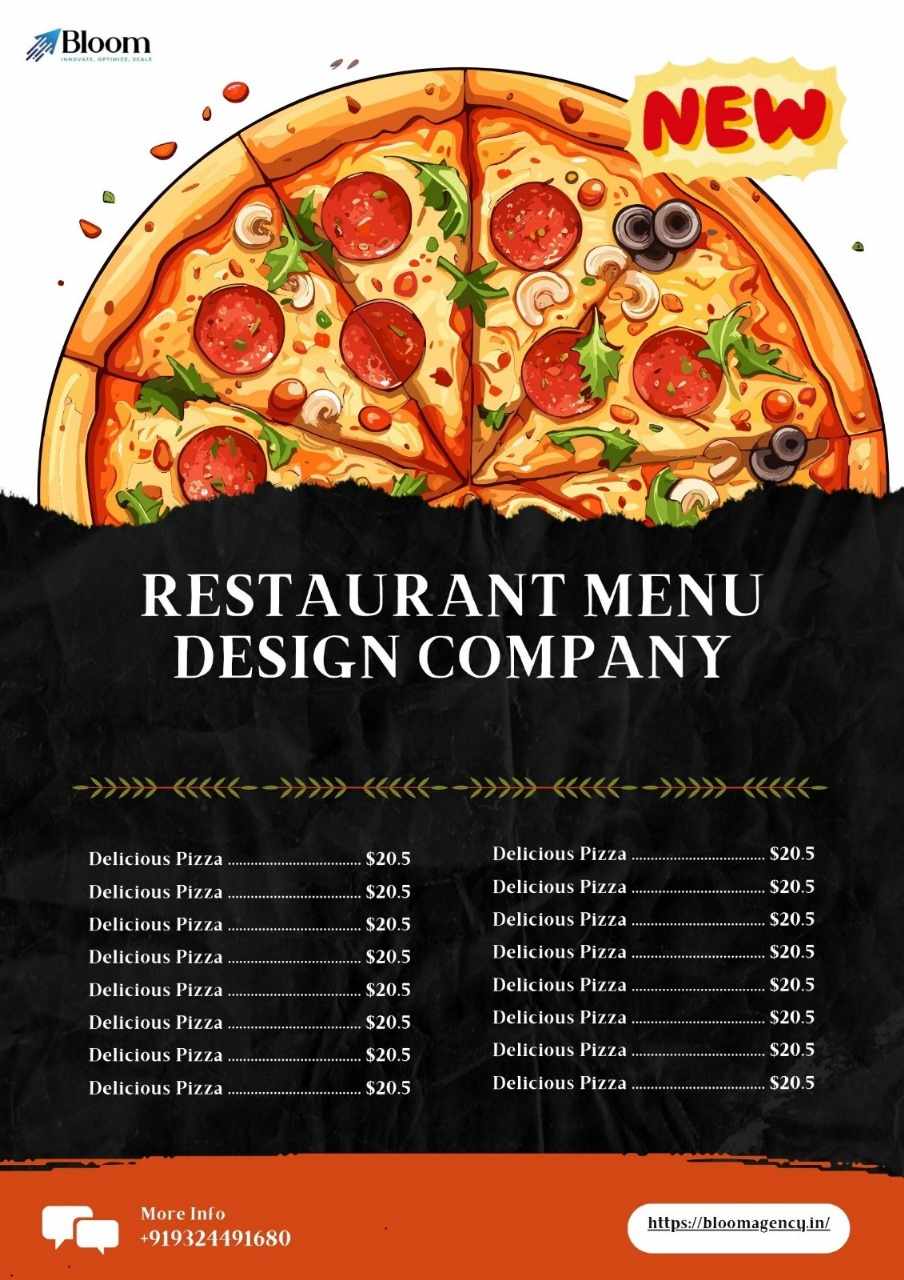
In the evolving landscape of the restaurant industry, presentation plays a pivotal role in shaping customer perception. In 2025, diners expect more than just great food—they want a complete experience. One of the first touchpoints that can influence this experience is your menu card design. A well-crafted menu not only communicates your offerings but also reinforces your brand identity and enhances the overall dining journey.
If you're looking to elevate your restaurant’s appeal this year, here are modern menu design ideas to ensure your business stands out in a competitive market.
1. Minimalist Layout with Bold Typography
In 2025, less is more. Clean layouts with ample white space and bold, legible fonts are leading the way. The minimalist approach emphasizes readability and sophistication. Clear categories, limited color palettes, and consistent typography help diners navigate easily without feeling overwhelmed.
Pair this style with carefully chosen typefaces—serif fonts for elegance or sans-serif for modernity. A clutter-free menu card design makes it easier for customers to focus on the food rather than getting lost in too many details.
2. Sustainable and Eco-Friendly Materials
Sustainability continues to dominate design trends. Restaurants are increasingly switching to recycled paper, biodegradable covers, or digital menus accessed via QR codes. Eco-conscious materials not only reduce your environmental footprint but also appeal to modern diners who value ethical dining practices.
A sustainable menu card design also reinforces your brand as forward-thinking and socially responsible—key attributes that resonate strongly with Gen Z and millennial diners.
3. Digital Menu Integration
2025 is witnessing a seamless blend of physical and digital experiences. Many restaurants are now using interactive digital menus that feature:
High-resolution images
Ingredient transparency
Allergen filters
Live pricing updates
Integration with loyalty or payment systems
If you're still using traditional printed menus, consider offering a digital companion. This hybrid approach gives tech-savvy customers an added layer of convenience and interactivity.
4. Visual Storytelling through Imagery and Icons
Incorporating professional food photography, elegant icons, and subtle illustrations can significantly enhance your menu card design. Rather than crowding the page, strategically placed images or visual cues can help guide decisions and set expectations.
For example, a small chili icon can denote spice level, while leaf icons indicate vegan dishes. These elements increase accessibility and reduce the need for lengthy descriptions.
5. Custom Illustrations and Artistic Elements
To differentiate your restaurant, consider using hand-drawn illustrations, custom art, or watercolor accents that reflect your brand’s personality. Whether it’s a rustic sketch of a wood-fired oven or a modern geometric layout, these elements add a personal touch and create a memorable impression.
Artistic menu card design not only tells your story visually but also becomes part of the ambiance and decor.
6. Highlighting Chef Specials and Signature Dishes
Modern menu designs often include a spotlight section for chef recommendations or house specialties. Using design techniques such as boxed highlights, different background colors, or subtle borders can direct attention to these items without being too obvious.
These visual cues subtly guide customers toward higher-margin or more unique offerings, improving both customer satisfaction and profitability.
7. Modular Menu Layouts for Flexibility
With menu items changing seasonally or based on ingredient availability, modular layouts allow you to easily update your offerings without redesigning the entire menu. Whether you use insertable sections, digital screens, or slide-in cards, flexible menu card design solutions are efficient and cost-effective.
Modular formats are especially useful for restaurants with rotating specials, tasting menus, or weekly events.
8. Typography-Driven Menus
Typography is becoming a central focus in menu design. Instead of relying on imagery, some menus let bold, beautifully styled text do all the storytelling. By varying font sizes, styles, and weights, you can create hierarchy, mood, and personality.
This approach works well for upscale restaurants or minimalist cafes where the elegance of the menu is as important as the dishes themselves.
9. Cultural and Conceptual Design Themes
Align your menu design with the theme of your cuisine. A sushi restaurant might use clean lines, subtle patterns, and Japanese calligraphy. An Indian restaurant might feature traditional borders, warm tones, and regional script elements.
The goal is to immerse the diner in a consistent experience from the moment they open the menu. Your menu card design should be an extension of your restaurant’s narrative.
10. Personalized and Seasonal Menus
Personalized menu experiences are gaining traction in 2025. Use customer data (for returning guests) to tailor suggestions or show personalized greetings on digital menus. Alternatively, create seasonal menus with unique designs that reflect time of year—like spring-inspired color palettes or winter-themed motifs.
Rotating your menu card design keeps things fresh and shows attention to detail, which customers always appreciate.
Final Thoughts
In 2025, menu card design is no longer just a functional necessity—it’s a strategic tool for engagement, branding, and storytelling. By adopting modern design trends such as minimalism, sustainability, interactivity, and customization, restaurants can create more immersive and memorable dining experiences.
Whether you’re a new café looking to make your mark or an established restaurant planning a refresh, investing in modern menu design is one of the most impactful moves you can make this year.
Your menu is your first impression—make it count with a design that speaks as beautifully as your dishes taste.
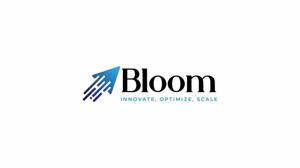



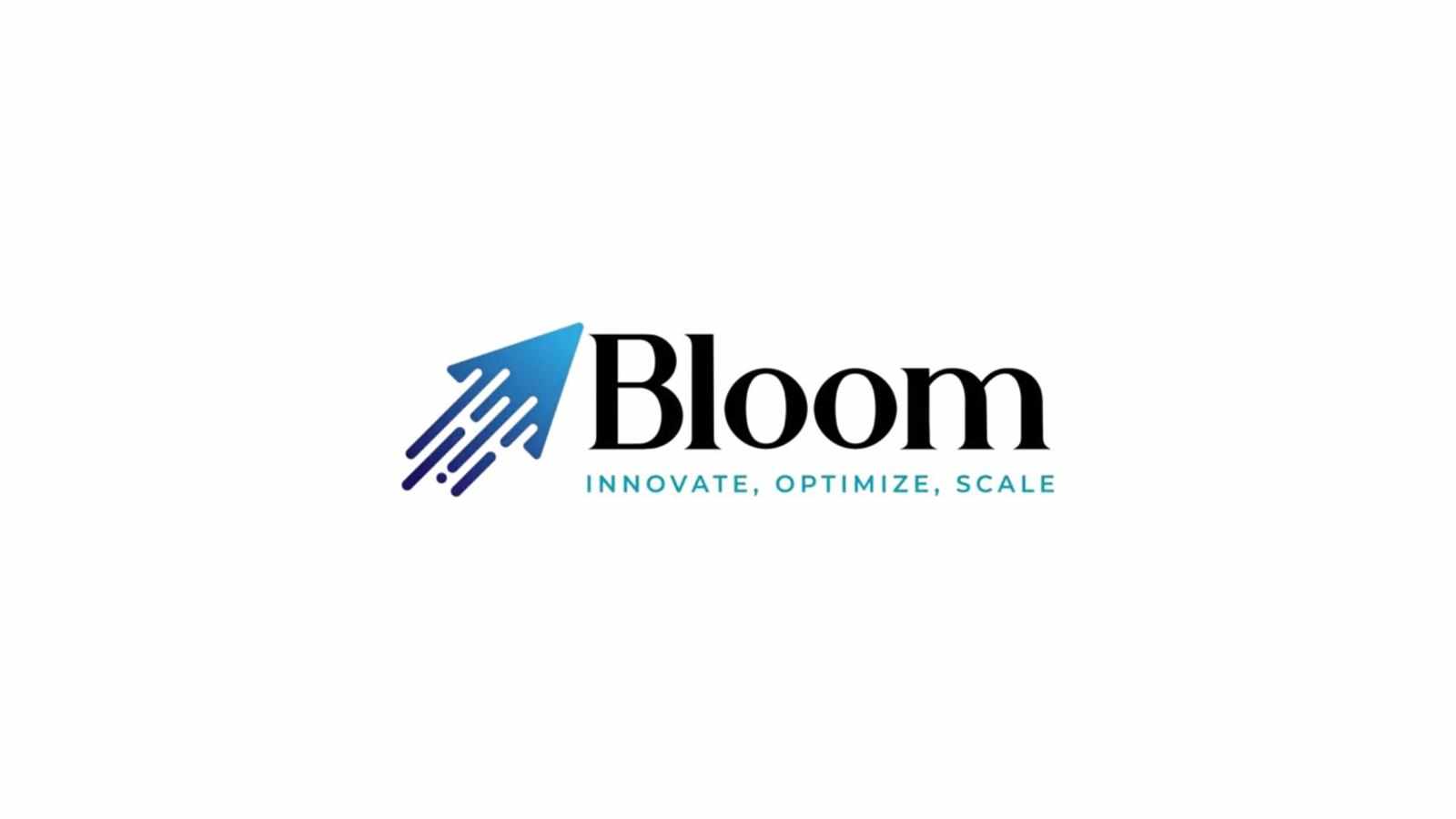
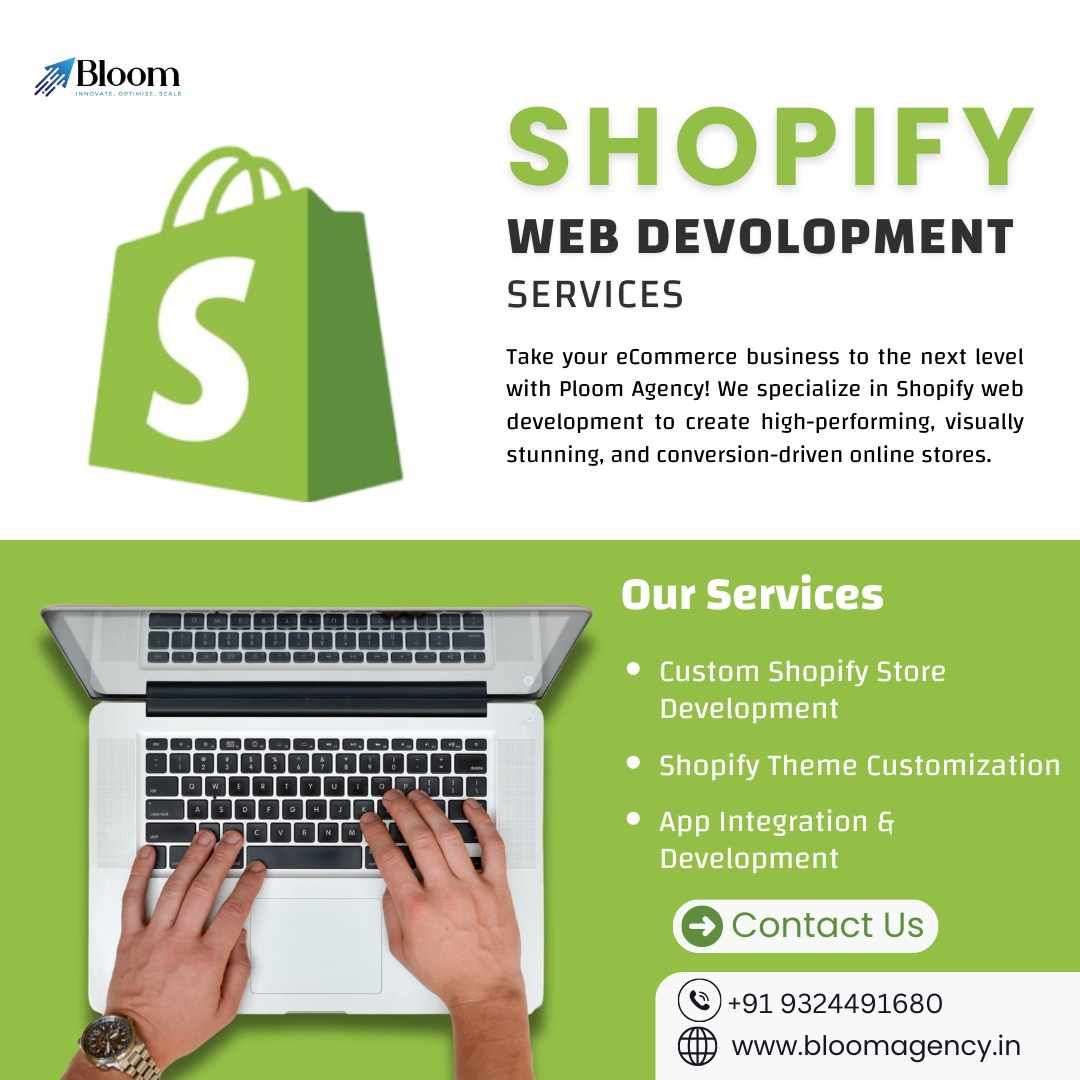


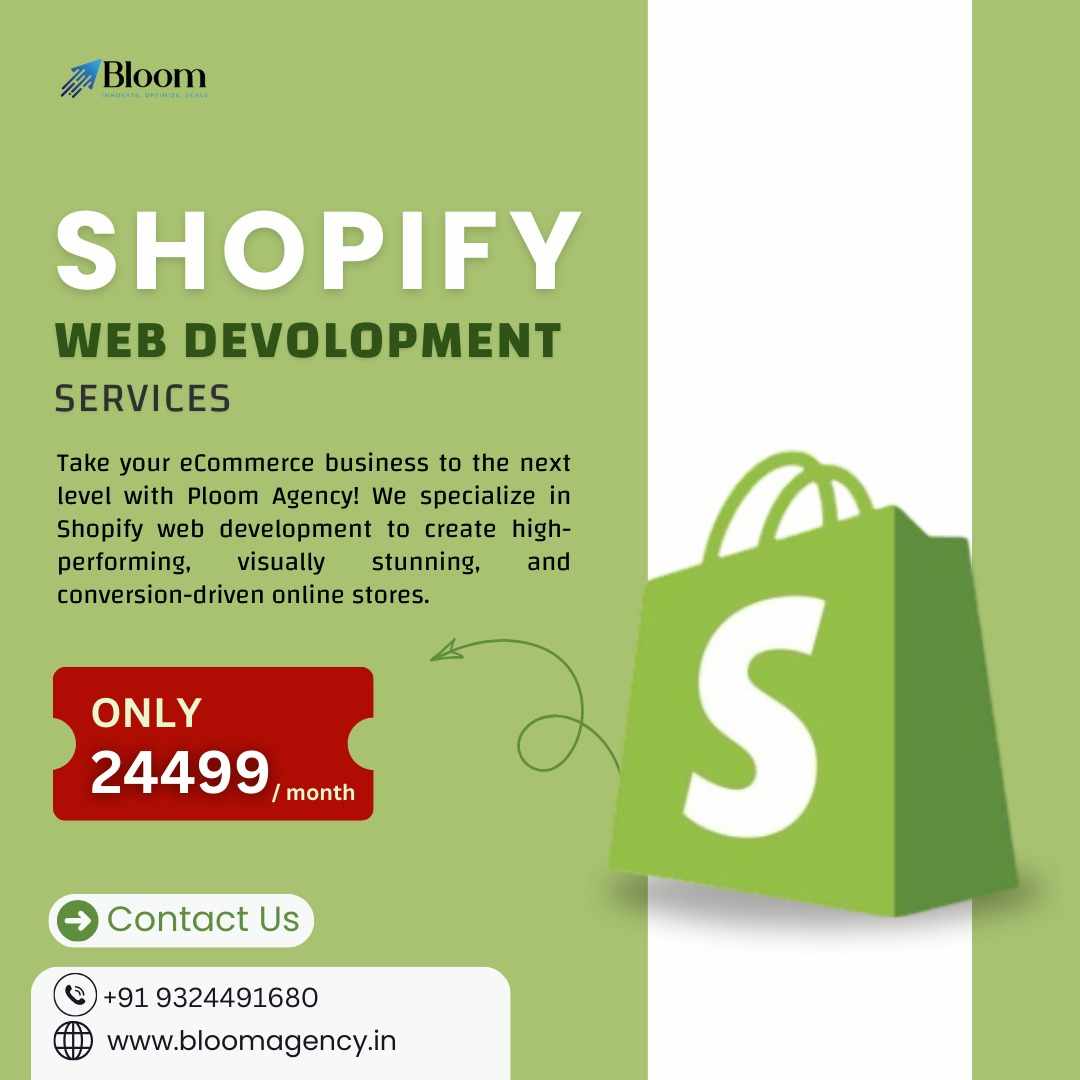
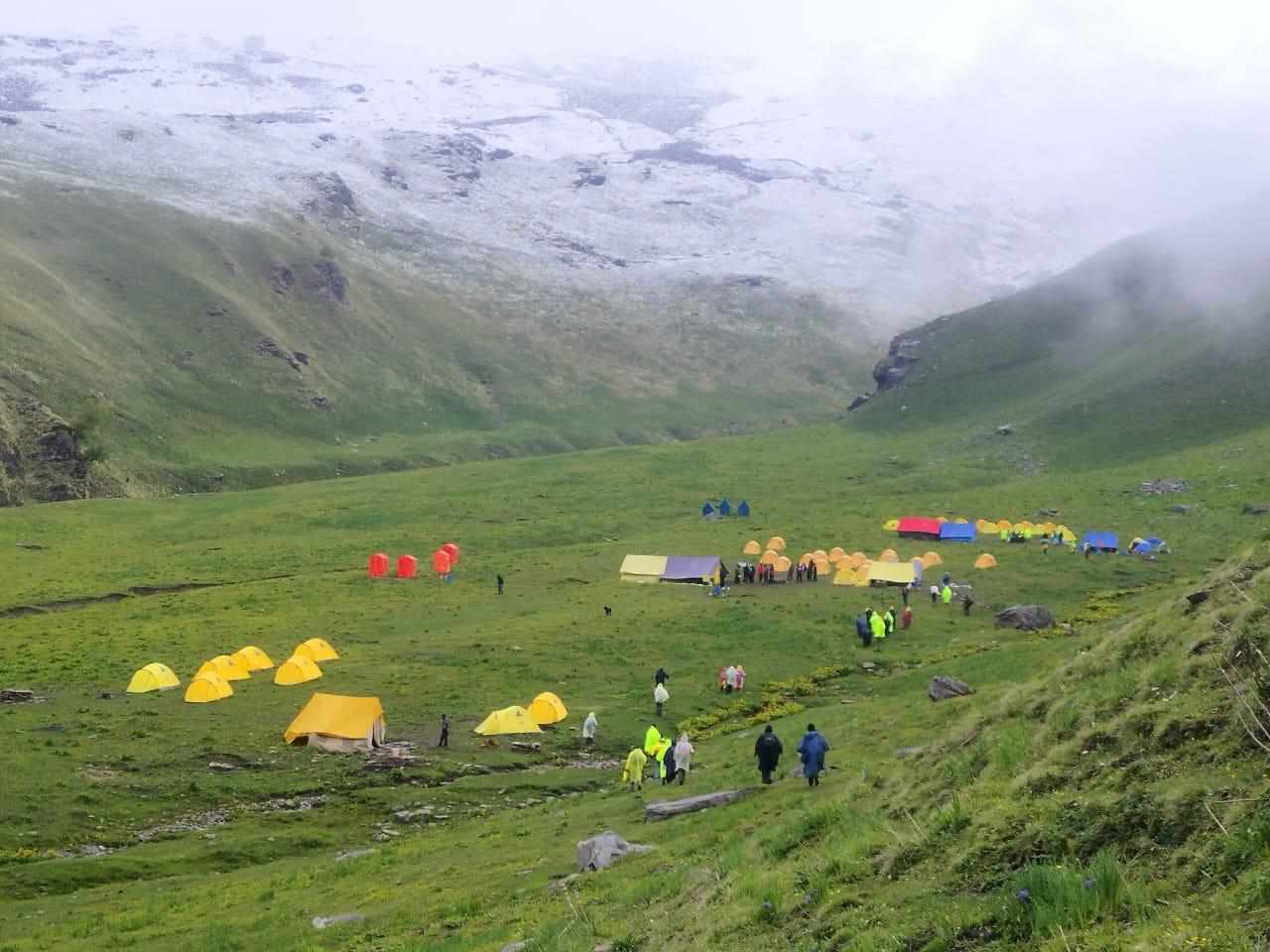









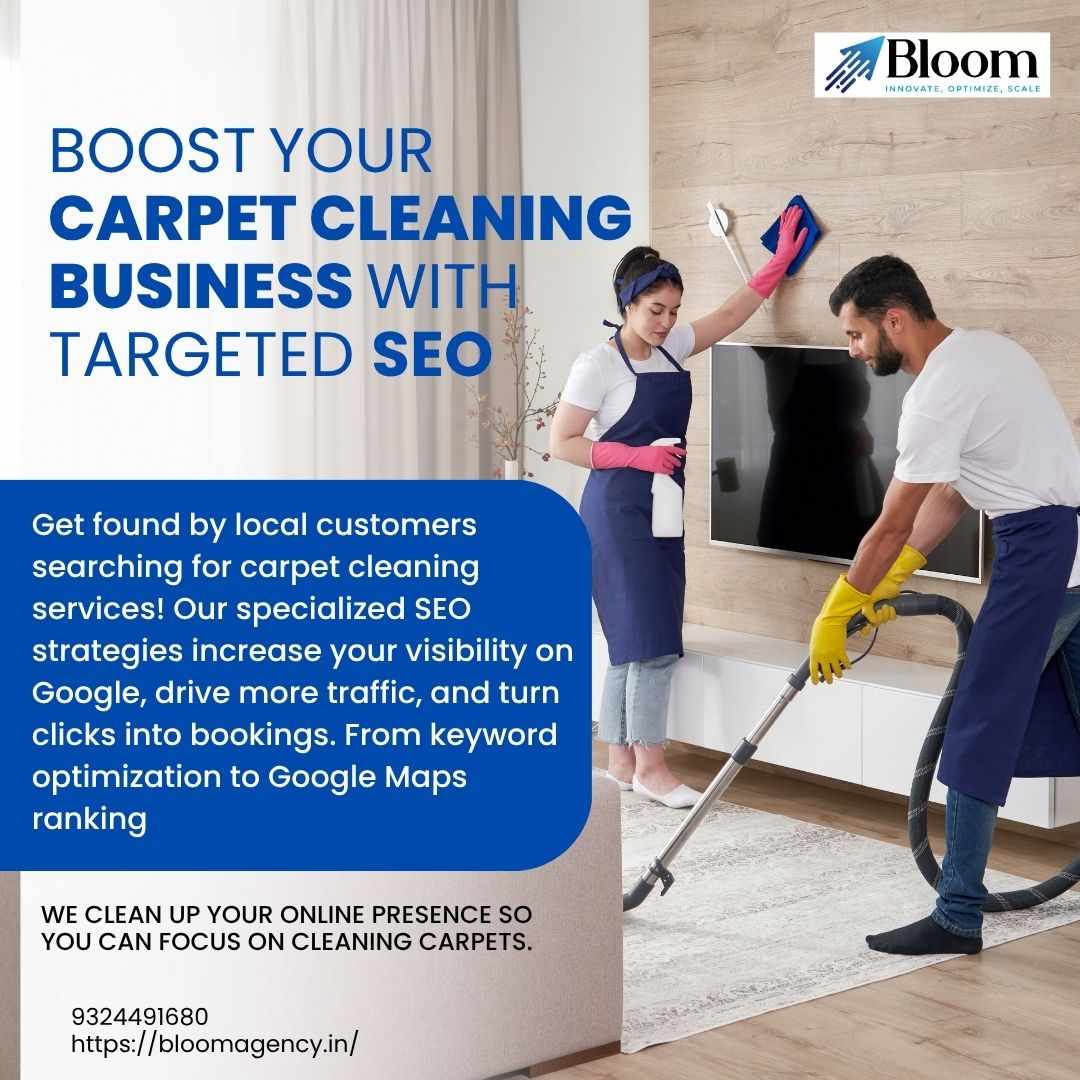
Write a comment ...